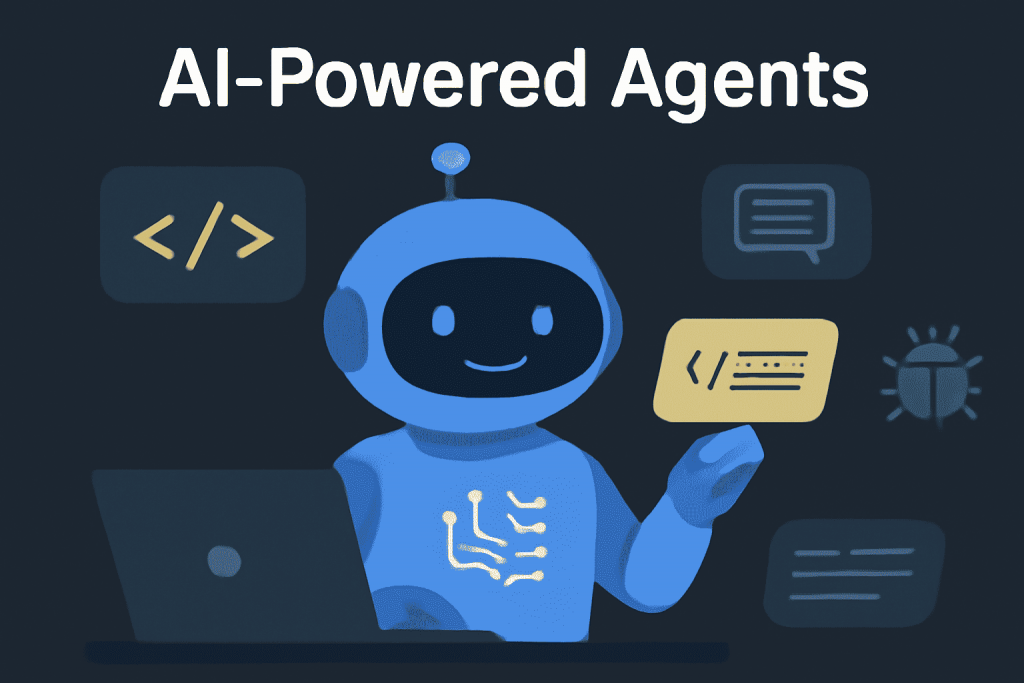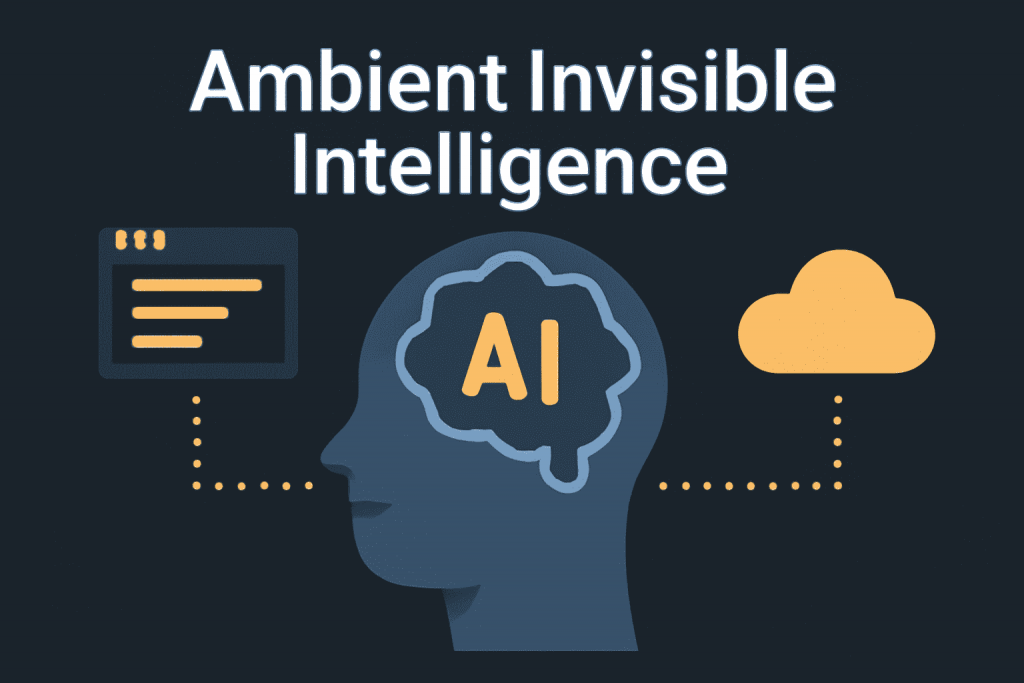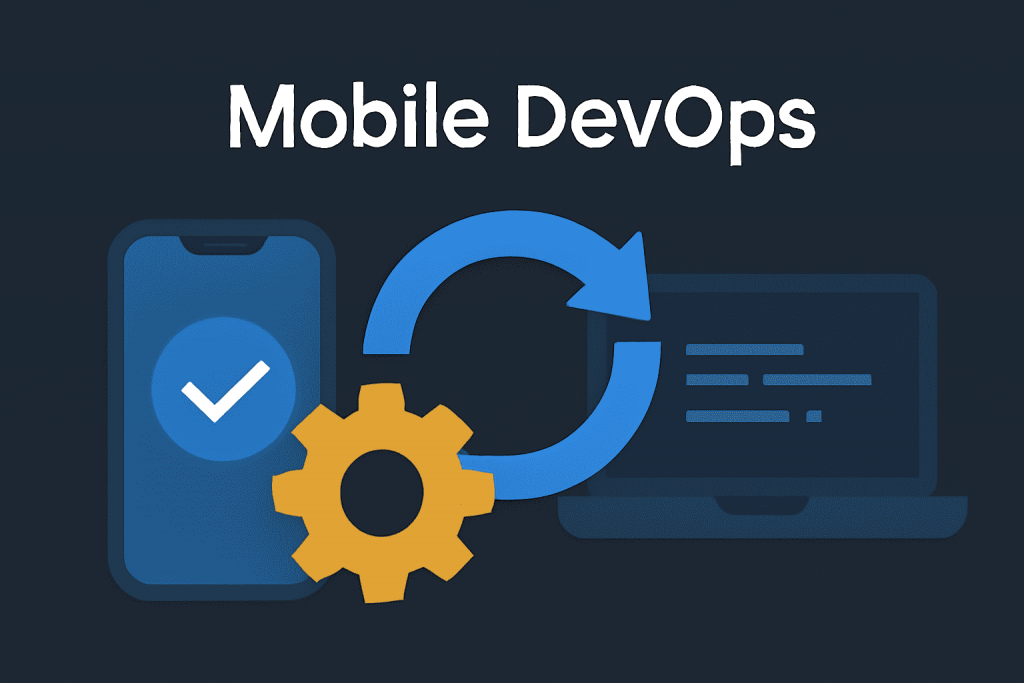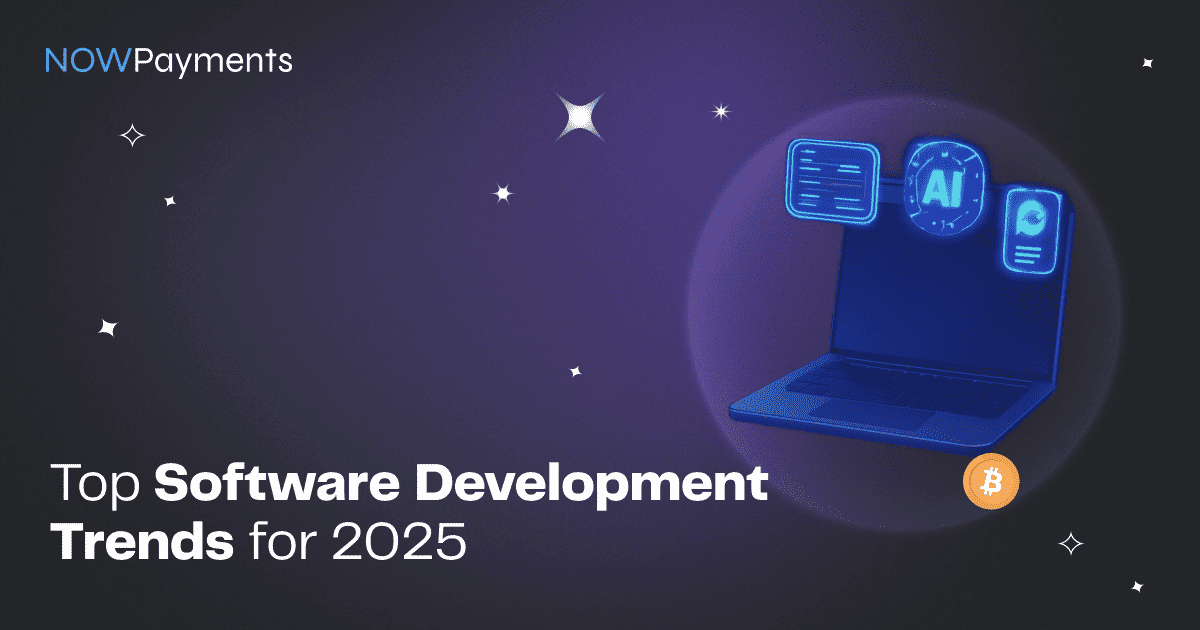The software development trends for 2025 are changing quickly, influenced by advancements in artificial intelligence (AI), low-code development platforms, and new security technologies like post-quantum cryptography (PQC). As businesses seek faster, more secure, and scalable software solutions, software development teams are embracing cross-platform development frameworks, incorporating security into the software development process, and increasingly outsourcing to specialized software development companies. Keeping up with these emerging software development trends is essential for organizations that want to remain competitive and provide high-quality custom software development services.
NOWPayments Supports Modern Software Development with Flexible Payment Solutions
As the software development industry progresses, selecting the right technology partners becomes essential. NOWPayments offers secure cryptocurrency payment gateway solutions that are friendly for software developers and easily integrate with custom software development projects. Flexible and scalable, NOWPayments enables businesses to adopt modern payment methods, facilitating seamless transactions and improving user experience.
By utilizing innovative payment infrastructure in line with the latest software development trends, NOWPayments empowers software development teams to create future-ready applications that address the increasing demand for software in the market.
Top Software Development Trends to Watch in 2025
As software development evolves, 2025 will be a significant year for transformative changes in tools, practices, and architecture. In this article, we’ll explore the top software development trends in 2025 that are reshaping how software systems are created, deployed, and secured:
1. The Rise of AI-Powered Agents: Autonomous systems are advancing from simple automation to smart agents that can make decisions and collaborate in the software development process.
2. Low-Code and No-Code Evolution: Citizen developers are becoming more popular as platforms enable non-technical users to create powerful software applications with little coding. By leveraging these tools, individuals can participate in the software development lifecycle, contributing to the efficiency of the development cycle.
3. Ambient Invisible Intelligence (AII): The software industry is evolving, with applications becoming smarter and more integrated. These advancements leverage AI tools to seamlessly fit into user environments and enhance experiences.
4. Post-Quantum Cryptography (PQC): As quantum computing advances, software development teams are adopting cryptographic methods that can withstand potential risks from this emerging technology.
5. Mobile DevOps Integration: The integration of mobile application development and DevOps practices is accelerating release cycles, increasing reliability, and enhancing feedback mechanisms.
The Rise of AI-Powered Agents Transforming Software Development

AI-powered agents are transforming software development by advancing from basic automation tools to intelligent, autonomous collaborators. These agents help with code creation, bug fixing, testing, and facilitating communication between teams. Platforms like GitHub Copilot showcase initial AI integration, but by 2025, we can anticipate domain-specific AI agents integrated into continuous integration and continuous delivery (CI/CD) pipelines, infrastructure management, and customer support. This trend enhances the efficiency of the software lifecycle by decreasing manual tasks, accelerating delivery, and improving software quality, highlighting the increasing importance of AI and machine learning in software development workflows.
How Low-Code and No-Code Platforms Are Democratizing Development

As we look ahead to the software development trends of 2025, one of the key trends in software development will be the rise of low-code and no-code platforms that facilitate faster app development. These platforms will play a crucial role in mobile app development and web app development, allowing software teams to create software with minimal coding expertise. Furthermore, integrating AI and ML into these tools will enhance their capabilities, making them a significant part of the development process. The ongoing collaboration between development and operations teams will also drive key software development trends, particularly in security testing, as integrating security throughout the software development lifecycle becomes paramount.
Ambient Invisible Intelligence (AII): Embedding Context-Aware AI in Software

Ambient Invisible Intelligence (AII) refers to AI that operates seamlessly in the background, enhancing both software and user experiences. In the realm of software engineering, this translates to integrated development environments (IDEs) and platforms offering real-time suggestions for code quality, optimizing cloud-native development, and adjusting application behavior based on user patterns—all without interrupting the developer. AII is becoming an integral part of the development process, shaping smarter, context-aware environments that boost productivity while ensuring intuitive workflows.
Preparing for the Quantum Era with Post-Quantum Cryptography (PQC)

As technology trends evolve, quantum computing is becoming a significant factor, making post-quantum cryptography (PQC) increasingly important. These advanced cryptographic methods protect sensitive information from potential quantum attacks that could compromise current systems like RSA and ECC. By 2025, industries such as finance, healthcare, and defense will likely embrace hybrid cryptographic approaches that blend traditional encryption with PQC, ensuring robust software security. Standardization initiatives from organizations like NIST are speeding up the adoption of these software technology trends.
Mobile DevOps Integration: Accelerating Mobile App Releases with CI/CD

Mobile DevOps is changing the way we approach mobile development by using continuous integration and delivery principles designed specifically for mobile apps. This integration reduces development time, enhances reliability, and encourages teamwork among development, QA, and product teams. New tools such as Bitrise, Codemagic, and Firebase App Distribution support real device testing, automated rollbacks, and real-time monitoring, which are essential for achieving fast and high-quality software delivery. These advancements are part of the top software development trends for 2025.
Final thoughts
The software development trends in 2025 are shaped by the integration of smarter AI technologies, improved security through quantum-safe cryptography, and the rise of low-code and no-code development platforms. These platforms make application building accessible to more people, allowing for faster web development. Utilizing Mobile DevOps enables quicker delivery of software solutions. Collaborating with innovative providers like NOWPayments enhances the value of custom applications by offering flexible and secure payment options. By adopting these top software development trends and the latest technologies in the software industry, businesses and developers can stay ahead in meeting evolving user expectations and tackling business challenges.

